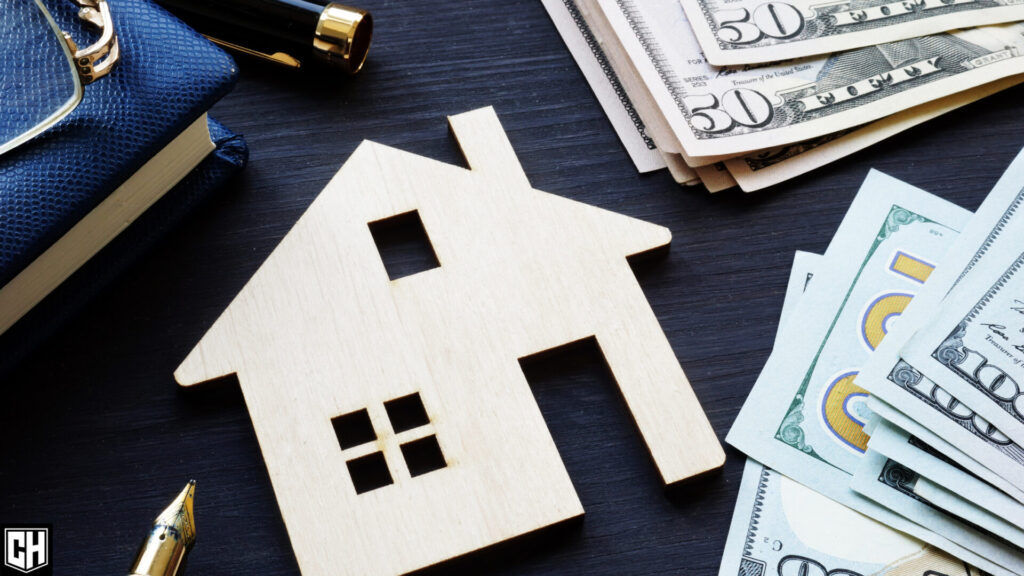|
|
Have you ever heard of ‘cap rates’ in real estate?
If you’re a newbie to investing in real estate, cap rates can seem confusing, to say the least. But, it’s a term that all investors in real estate need to understand because it plays a big part in figuring out whether a certain investment is a good deal or not.
So it’s crucial to know what it means and how to calculate it. Keep reading to learn all about cap rates in real estate.
What Is a Cap in Real Estate?
Cap rate is a percentage that represents the potential return on investment (ROI) for a property. It is a critical tool for investors to assess the profitability of a real estate investment approach. The cap rate takes into account the property’s net operating income (NOI) and its current market value or purchase price.
The formula for calculating the cap rate is straightforward:
Cap Rate = (Net Operating Income / Property Value) x 100%
Net Operating Income (NOI) is the income generated by a property after deducting all the operating expenses, such as property management fees, property taxes, insurance, and maintenance costs. NOI represents the property’s actual income potential.
On the other hand, property value, also known as the property’s market value or purchase price, is the amount you paid for the property or its estimated current value.
How to Calculate the Cap Rate for a Property
Now that we’ve covered the basics let’s move on to the steps for calculating the cap rate in your investment property search. This is how you do it.
Determine the Property’s NOI
To calculate the cap rate, you need to start by determining the property’s net operating income. This involves adding up all the income the property generates from sources like rent, late fees, and amenities, and subtracting all the expenses related to its operation.
For example, let’s assume that you’re looking for homes for sale in Eugene Oregon and you find one that generates a total annual income of $50,000 with operating expenses of $15,000, resulting in an NOI of $35,000 per year.
Find the Property Value
Next, you’ll need to know the current market value or purchase price of the property. For our example, let’s say this property is valued at $500,000.
Plug the Numbers into the Formula
Now, apply the cap rate formula: Cap Rate = (NOI / Property Value) x 100%.
Using the figures from our example, the calculation would be:
Cap Rate = ($35,000 / $500,000) x 100%, resulting in a cap rate of 7%.
Interpret the Cap Rate
A cap rate of 7% indicates that the property is expected to generate a 7% annual return on your investment before financing costs. Because of this, people also describe cap rates as the annual return a property will generate if you were to pay cash for it.
Of course, most buyers and investors will secure a mortgage instead of pay all cash for a property, but this definition does provide a nice and simple way to understand the term.
Also, it’s essential to understand that cap rates can vary widely based on location, property type, and market conditions. Historically, they have ranged from from as low as 2.5 to 3% for newly built Class A multi-family assets to 12% or higher for distressed assets, such as properties in areas of high violence and crime.
Compare to Market Rates
To assess whether the cap rate is competitive, compare it to the cap rates of similar properties in the same area.
Numerically, a higher cap rate may suggest a more profitable investment opportunity, but it’s crucial to consider other factors like property condition and location too.
As mentioned, older or more run down facilities will often trade for higher cap rates and this doesn’t necessarily make them a better deal.
Demystifying Cap Rates: A Comprehensive Guide for Real Estate Investors
In conclusion, understanding cap rates is essential for anyone looking to invest in real estate. It not only helps determine the potential return on investment (ROI), but also serves as a benchmark for comparing different properties. Mastering this calculation can be a valuable tool for success.
Because lower cap rates mean you’re paying a higher price for a property, cap rates tend to rise when interest rates rise and fall when interest rates drop. Put simply, when interest rates are high (like they are right now), cap rates rise because borrowing costs are higher.
Was this article helpful? If so, check out the real estate section of this site.
